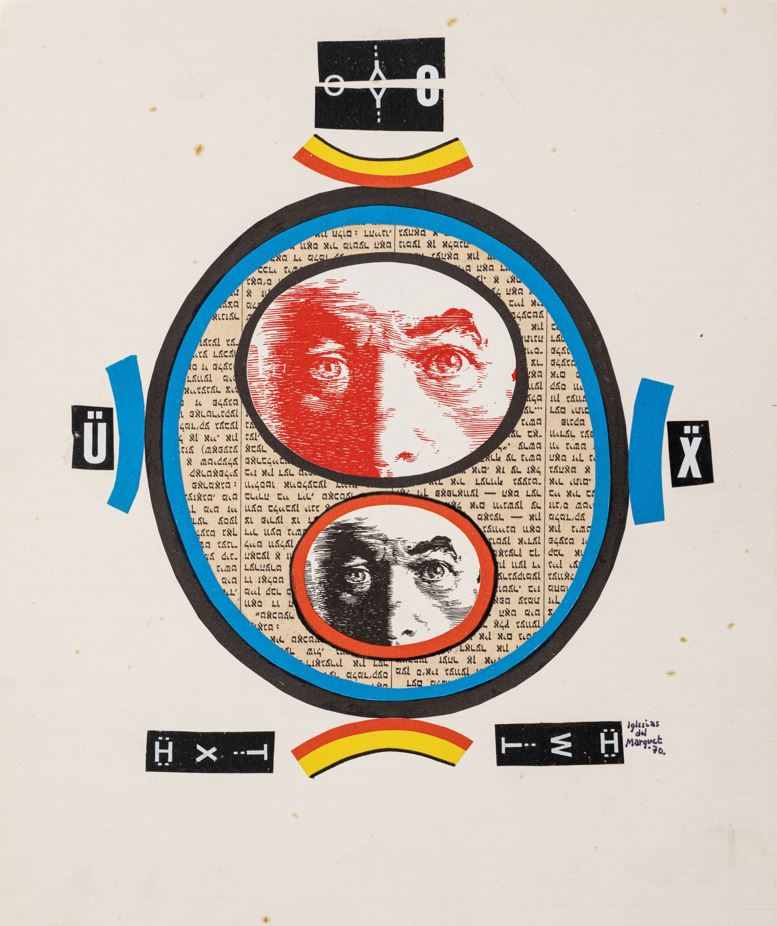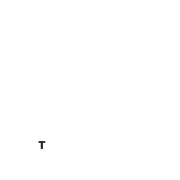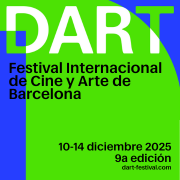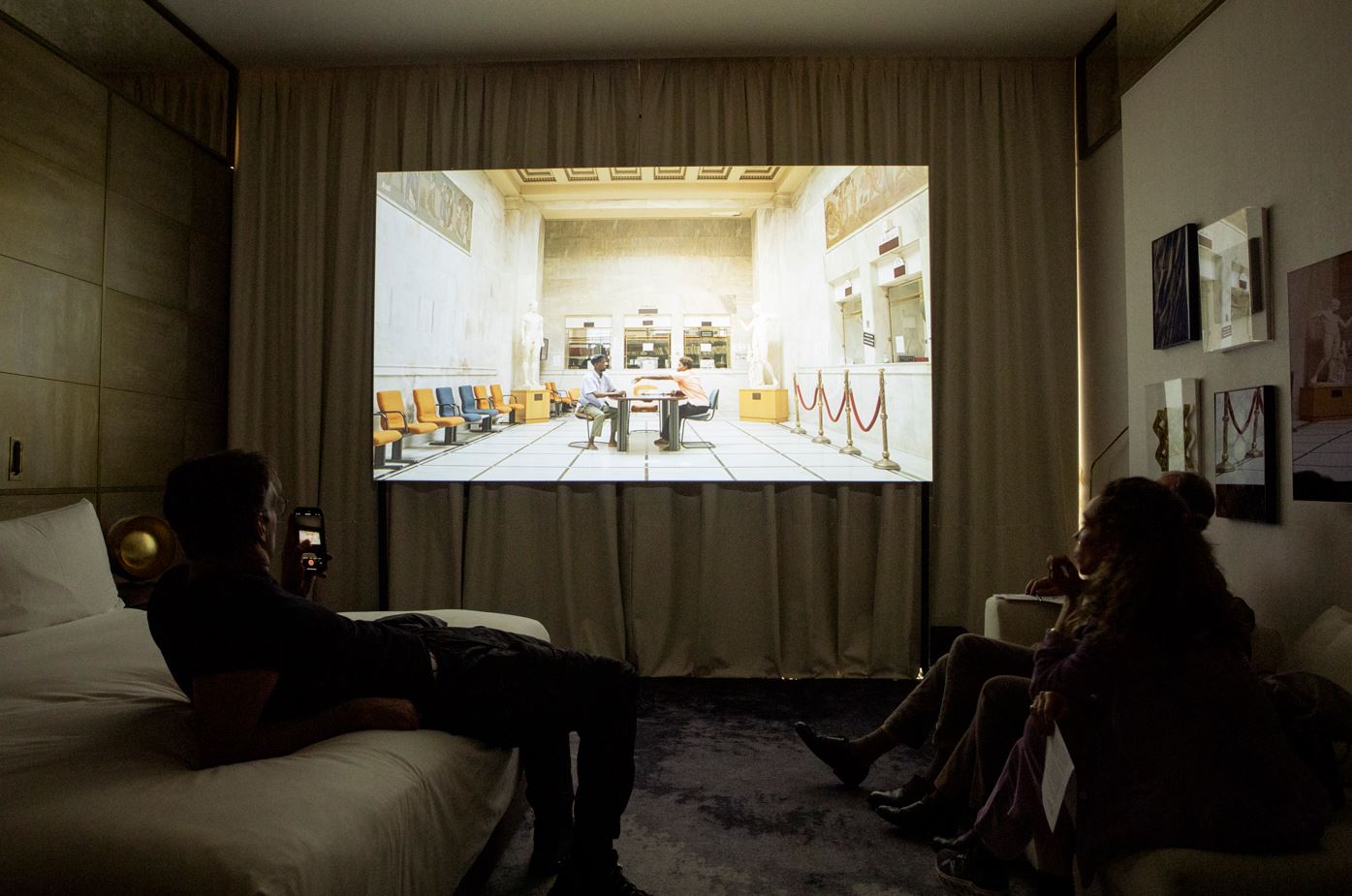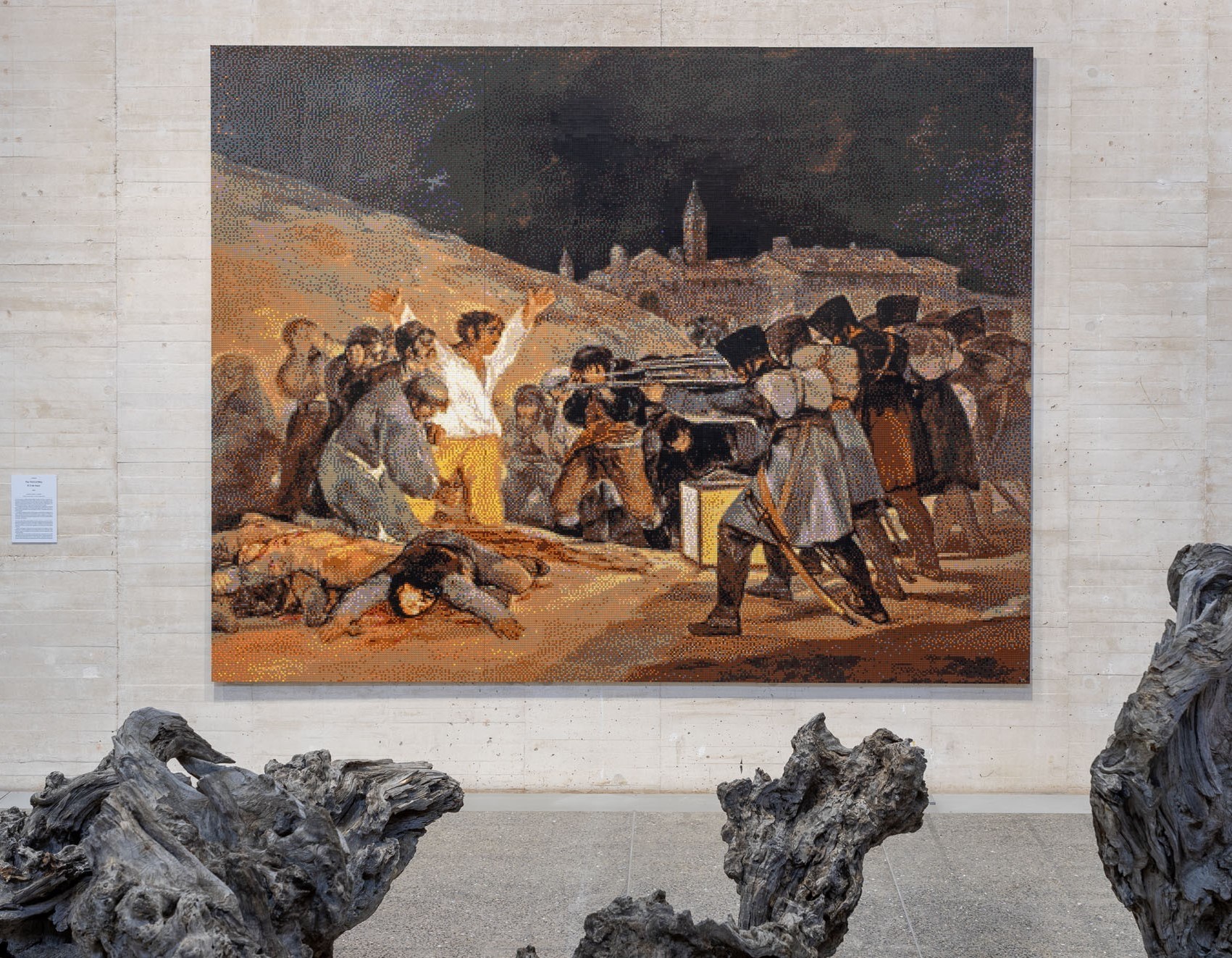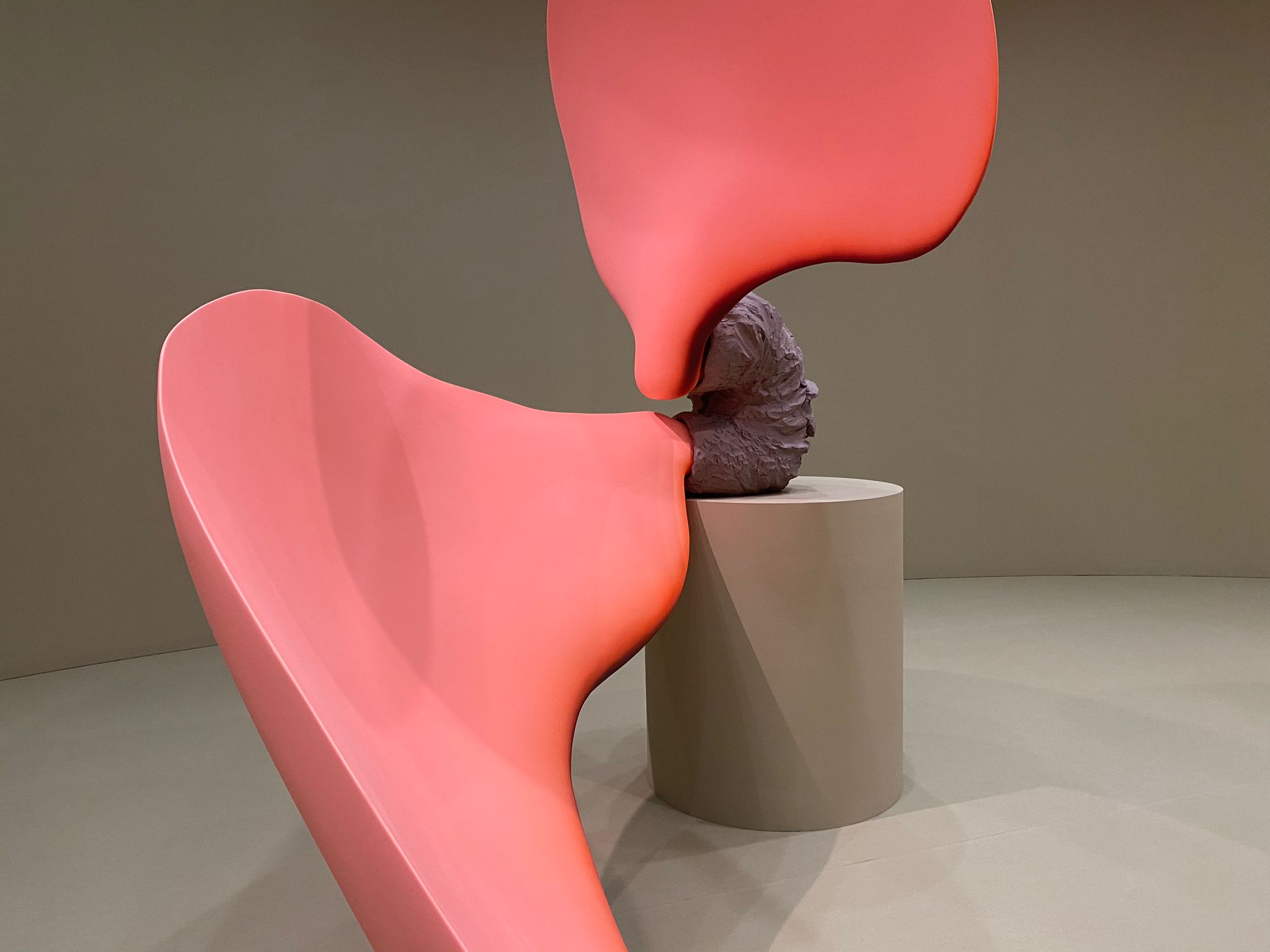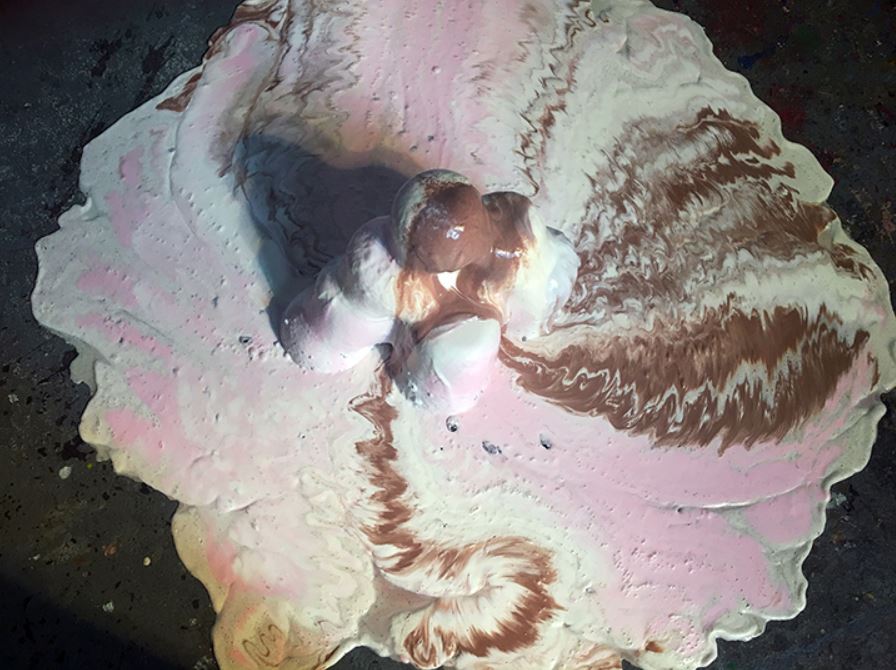Exhibitions
Poetics of power and resistance in La Virreina
Three exhibitions that challenge the structures established through art.
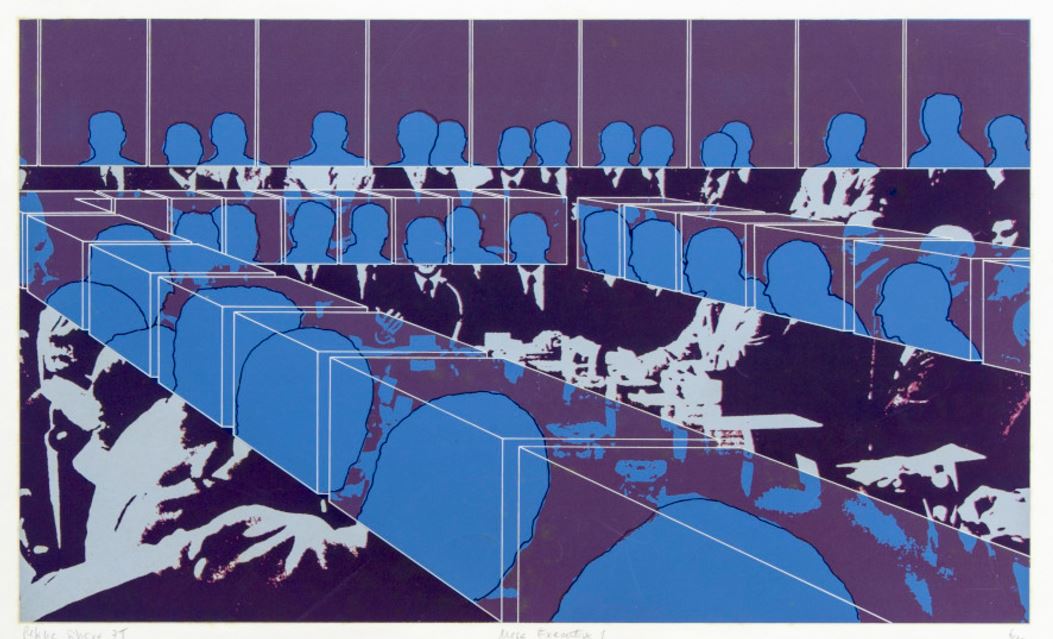
The space of La Virreina becomes a stage for criticism of the government until March. Through abstraction and irony, to the transgression of language and the revision of history, the voices of Regina Silveira , Mar Arza and Josep Iglésias del Marquet challenge conventions and question established limits.
Regina Silveira: destruction and resistance
"Destructures", a term coined by the poet Augusto de Campos, is the starting point for a deep and critical reflection on the structures, hierarchies and symbols that make up our reality. This concept gives its name to the exhibition 'Destructures of Power', dedicated to Regina Silveira (Porto Alegre, 1939), a key figure in Latin American and international conceptual art who has always escaped traditional forms.
Initially trained as a painter, Silveira began his career as an expressionist, gradually moving towards abstraction. In 1967, a trip to Spain put her in contact with a generation of artists who were exploring new paths, which marked a turning point in her career, and she felt the freedom to redefine herself as a multimedia artist, beginning to use industrial printing techniques, such as screen printing and offset and appropriating images taken from mass media.
In the 1970s, while censorship and surveillance limited dissident voices in Brazil, Silveira made use of visual aberrations, anamorphoses and paradoxes to denounce the control of the system. His works, loaded with irony, alter the public's perception, subverting symbols of established power and proposing alternative readings. From the 1990s, his critique expanded to question the glorification of public monuments that hide histories of violence and domination. During this period, the artist deepens the integration of architecture and digital graphic patterns, reflects on light and space as forms of social and artistic intervention.
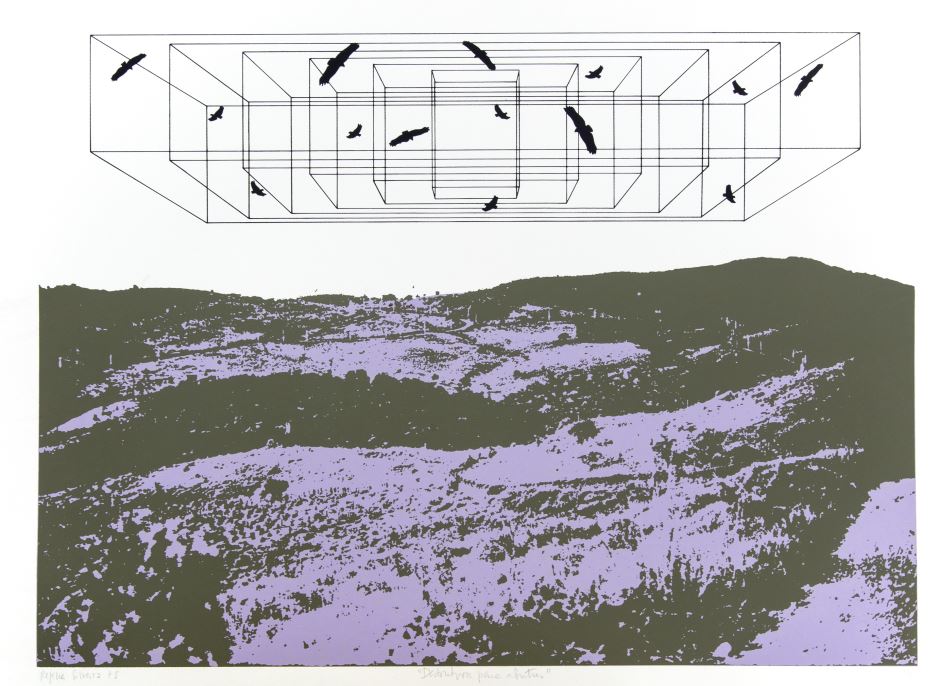
In this exhibition, spanning more than six decades of production, iconic works are presented alongside models and sketches of large-scale projects, evidencing Silveira's obsession with democratizing art and making it accessible to everyone. It is a retrospective that, despite looking back, establishes an undeniable and very necessary dialogue with the present. Many of the questions that Silveira raised about the dynamics of power and exclusion continue to resonate today.
It is the first retrospective of the artist, who, as she herself expresses, "I don't like looking back", but interprets this look as an act of resistance and an opportunity to reconstruct not only her personal history, but also the collective An exhibition with a clear political approach and a forceful critique of the mechanisms of domination.
Underneath: the visual poetry of Mar Arza
Undergrowth is the fertile layer that hides under the trees, an ecosystem full of life that breathes, but that often remains invisible. With this metaphor, we introduce 'Sotaveu', the first anthological exhibition of Mar Arza (Castelló de la Plana, 1976), curated by Valentín Roma. This exhibition is a poetic, introspective, material and conceptual journey, which brings together seven unpublished projects and fifteen pieces spanning two decades of history. A trajectory marked by the search for a deep dialogue with language and its multiple dimensions: from typography to sculptural forms, from narrative structure to the visual echo of symbols.
Mar Arza works on fragile but strong ground, using poetry as a vehicle to question certainties and rewrite narratives. Among his works, we find a reinterpretation of medieval phylacteries, those visual elements that often contained male mandates or sentences addressed to women. Arza transgressively transforms these tapes into proclamations of freedom, desire and autonomy, subverting tradition and moving imperatives towards a more open and emancipatory space.
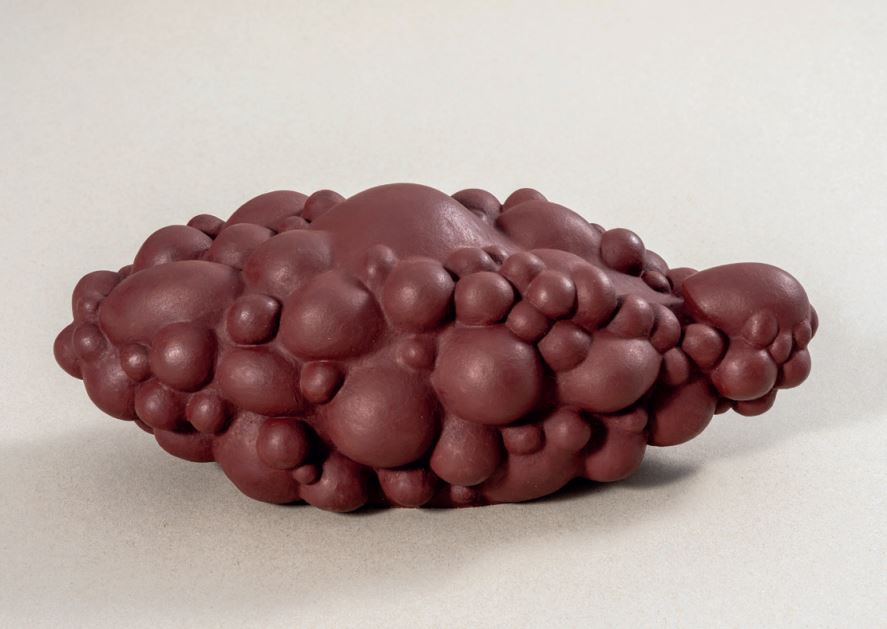
Also worth mentioning is the film 'A circle within itself', which examines prehistoric representations of women with a contemporary feminist perspective, while raising deep questions about how we interpret these images from current perspectives, or the installation 'Papers timids ', which through a reinterpreted Gothic typography, constructs a poem written by the artist herself, whose legibility depends on the position from which it is read.
Works such as 'Legacy in the Disappearance', where typography becomes a metaphor for the progressive fading of the patriarchal system, exemplify Arza's desire to transform seemingly insignificant materials into artefacts that question time, memory and social structures.
Mar Arza already exhibited at La Virreina in 2018, and recovering his work six years later is, as Valentín Roma points out, giving continuity and responding to a vocation. This new exhibition makes it possible to explore in more depth an artistic practice that has evolved while keeping its poetic essence intact, and has become at the same time an act of resistance and calm.
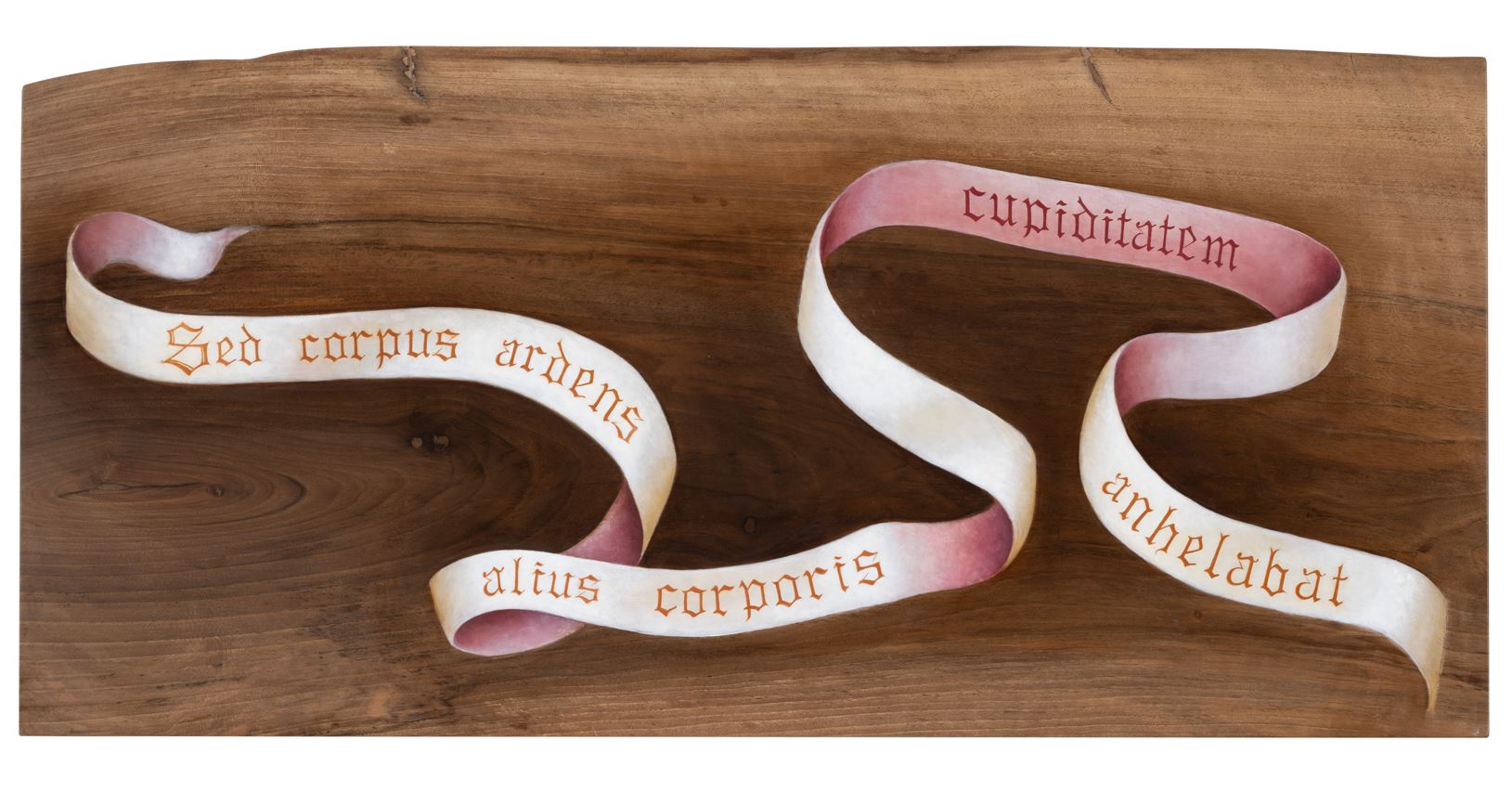
Iglésias del Marquet: Visual poetry and silent criticism
Poetry found a wide and radical field of experimentation in Josep Iglésias del Marquet. His work overflows in collages, images and typographic signs. La Virreina's Miserachs room opens its doors again to introduce this multifaceted creator who, despite his influence, has often been overshadowed by the great names in history.
Iglésias del Marquet (1932-1989) was a painter, visual poet, journalist and art critic. His career was marked by several stays abroad that were fundamental in transforming his work. Influenced by pop art, collage and semiotics, he made mass communication his object of study and critical reflection. Reusing advertising materials and reconfiguring them into visual poems, he questioned the messages that permeate consumer society, and thus became a pioneer of concrete poetry and mail art in Catalonia.
The exhibition, built from the family archive and curated by Eduard Escoffet , offers an itinerary through its visual and poetic side. However, it cannot be framed strictly within concrete poetry, since his proposal goes into hybrid territories, a fusion of image and text that dilutes the boundaries between disciplines.
The exhibition space also includes an interview recorded by Antoni Muntadas in 1984, in which Iglésias reflects on art, poetry and journalism, which has allowed us to understand his ideas and his critical attitude towards the communication structures of contemporary society.
Despite the vastness of his production, Iglésias del Marquet remained in a discreet position, preferring to remain in the background. He chose not to seek public prominence and wanted to be a silent operator, contributing intensely to the dissemination of new poetic forms and the interconnection of the various fields that interested him. This was also the case with journalism, his central profession. He worked for Diario de Barcelona and later La Vanguardia, but he also wrote in other media using pseudonyms to stay away from the media spotlight.
